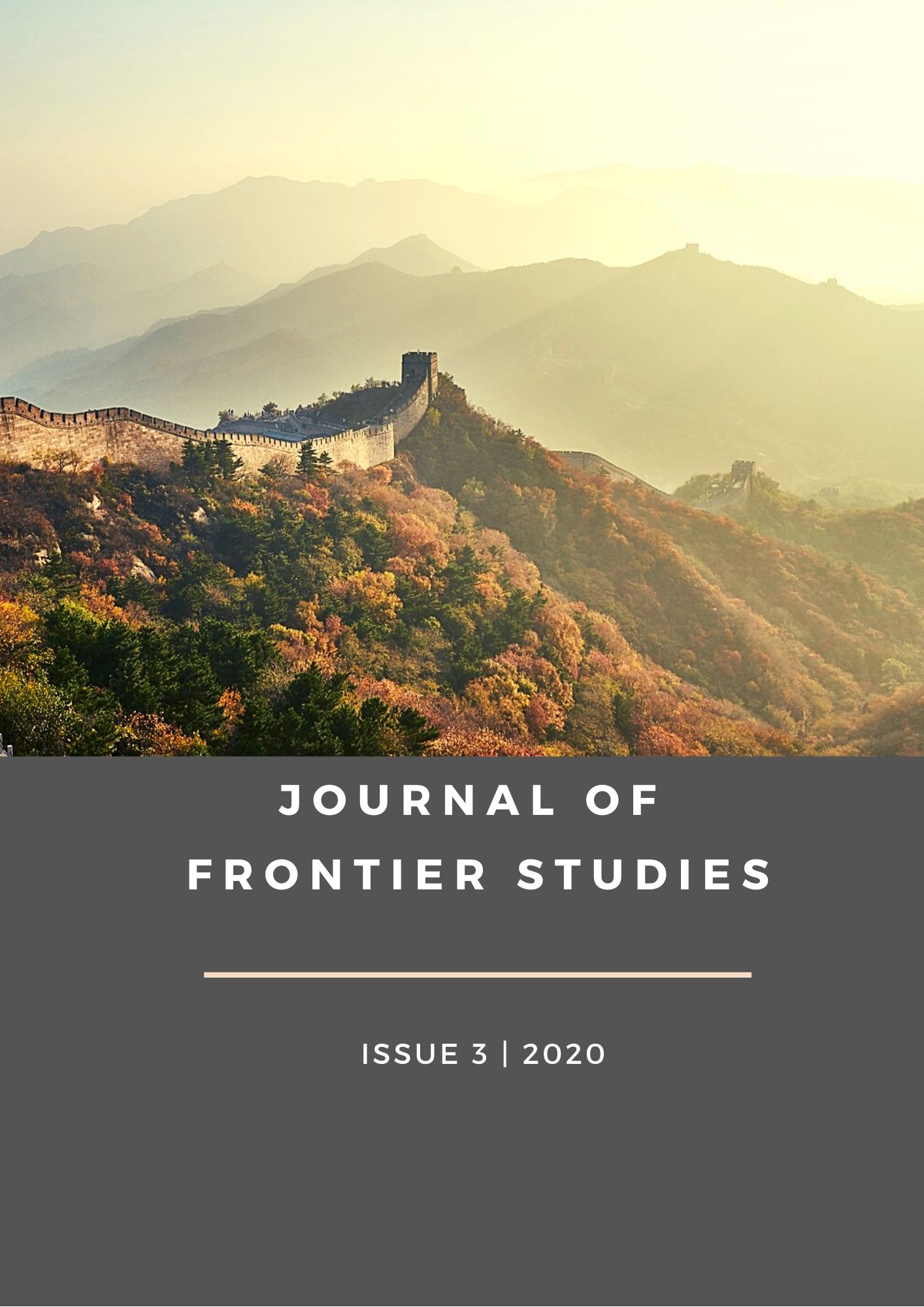Abstract
The article presents the complementarity of different types of cognition in the study of cultural landscape. The authors suppose that the primary formation of artistic and related mythological components of the cultural landscape of Sakhalin had an important impact on the image of the territory, fixing a certain value and meaning structure of the ideas about Sakhalin. As the materials by which the primary image of Sakhalin was formed, the authors examine the work by A. P. Chekhov's "Sakhalin Island", written as a result of the writer's visit to the island in the summer - autumn 1890, as well as a photographic album of I. N. Krasnov's "Types of Sakhalin Island", created at the turn of XIX-XX centuries, the images of which in this work are introduced into scientific circulation for the first time. The authors identified the basic ideas of the artistic image of Sakhalin, designated by A. P. Chekhov and supported by visual expression in the photographs by I. N. Krasnov: Sakhalin as an isolated area, getting on which has the character of a life catastrophe; the "otherness" of Sakhalin, its status as a place of initiation, a change of fate of its "prisoners" living in the border, liminal space; Sakhalin as a "wild country", where there is no transportation, no plans of development; there are no roads, and human settlements are constantly coming harsh nature; Sakhalin is a zone of "social vacuum", where social laws are no longer in force. According to the authors, changing the image of Sakhalin formed by artistic means requires not only strengthening of the scientific-rational component, but also the mandatory formation of alternative visual representations.
References
Cosgrove, D. (2008). Geography and Vision: Seeing, Imagining,and Representing the World. London: Bloomsbury Publishing.
Kivelson, V. & Neuberger, J. (2008). Picturing Russia: Explorations in Visual Culture. New Haven: Yale University Press.
Osborne, P. D. (2000). Travelling Light: Photography, Travel, and Visual Culture. Manchester: Manchester University Press.
Rowntree, L. B. & Conkey, M. W. (1980). Symbolism and cultural landscape. Annals of the Association of American Geographers, 70(4), 459–474.
Sagan, I. (2006). Contemporary Regional Studies: theory, methodology and practice. Regional and local studies, (5), 5–19.
Vedenin, Yu. A. & Kuleshova, M. E. (2001). Cultural landscape as an object of cultural and natural heritage. Izvestia RAN. Geography series, (1), 7–14. (In Russian)
Vishlenkova, E. A. (2011). Visual ethnology of the empire, or "Not everyone can see a Russian". Moscow: New Literary Review. (In Russian)
Gallyamova, L. I. (2006). Development of Sakhalin in the assessment of Russian re-searchers in the second half of the 19th and early 20th centuries. Vestnik FEB RAS, (3), 156–162. (In Russian)
Golovnev, I. A. (2019). Images of Kamchatka in the works of Benedict Dybowski. Hu-manities in Siberia, 26(3), 12–17. (In Russian)
Golovneva, E. V. & Golovnev, I. A. (2020). The Far East in Vladimir Arsenyev’s Pho-tographic Works: A “Repertoire” of Images. Quaestio Rossica, 8(3), 1023–1036.
Gornitskaya, L. I. & Larionova, M. Ch. (2013). A place that does not exist ... Islands in Russian literature. Rostov-on-Don: Publishing house of the SSC RAS. (In Rus-sian)
Guryeva, M. M. (2009). Everyday photography as an object of scientific research. Bul-letin of the Leningrad State University. A.S. Pushkin, 2(3), 153–161. (In Russian)
Dudarets, I. G. (2013). Historical portraits ("Icons of old Sakhalin"). Bulletin of the Sa-khalin Museum, (20), 52–65. (In Russian)
Dunaeva, E. N. (1977). On the history of working on the book "Sakhalin Island". Liter-ary Heritage, (87), 263–300. (In Russian)
Ikonnikova, E. A. & Stepanenko, A. A. (Eds.). (2013). Sakhalin and the Kuril Islands in literature and periodicals: collection of scientific articles. Yuzhno-Sakhalinsk: publishing house of SakhSU. (In Russian)
Kagansky, V. L. (2001). Cultural landscape and Soviet habitable space: Collection of articles. Moscow: New Literary Review. (In Russian)
Hard labor. History of Sakhalin (n.d.). Retrieved from https://www.sites.google.com/site/istorianevelsk/katorga (In Russian)
Koni, A. F. (1959). A.P. Chekhov. In A. F. Koni, Selected works. Vol. 2. (pp. 340–348). Moscow: Gosyurizdat. (In Russian)
Martishina, N. I. (2016). The concept of the diversity of types of cognition: on some consequences of the paradigm. OmGPU Bulletin: Humanitarian Research, 1(10), 21–24. (In Russian)
Ragulina, M. V. (2012). Morphological studies of the cultural landscape: an integral view. Society. Environment. Development (Terra Humana), (3), 204–209. (In Russian)
Siberian Bulletin of Politics, Literature and Public Life (1893). Tomsk, (138) Retrieved from http://sun.tsu.ru/mminfo/000349027/index.html (In Russian)
Sontag, S. (2013). About photography. Moscow: Ad Marginem Press LLC. (In Russian)
Tsivyan, T.V. (2008). Island, island consciousness, island plot. In T. V. Tsivyan. Lan-guage: theme and variations: favorites: In 2 vols. Book. 2: Antiquity. Tongue. Sign. Myth and folklore. Poetics. (стр. 151–160). Moscow: Science. (In Russian)
Chekhov, A. P. (2009). Sakhalin island. Novosibirsk: Siberian University Publishing House. (In Russian)
Yuzefov, V.I. (2011). V. Lanin is the first Far Eastern photographer. Bulletin of the Sa-khalin Museum, (1), 257–261. (In Russian)

This work is licensed under a Creative Commons Attribution 4.0 International License.

